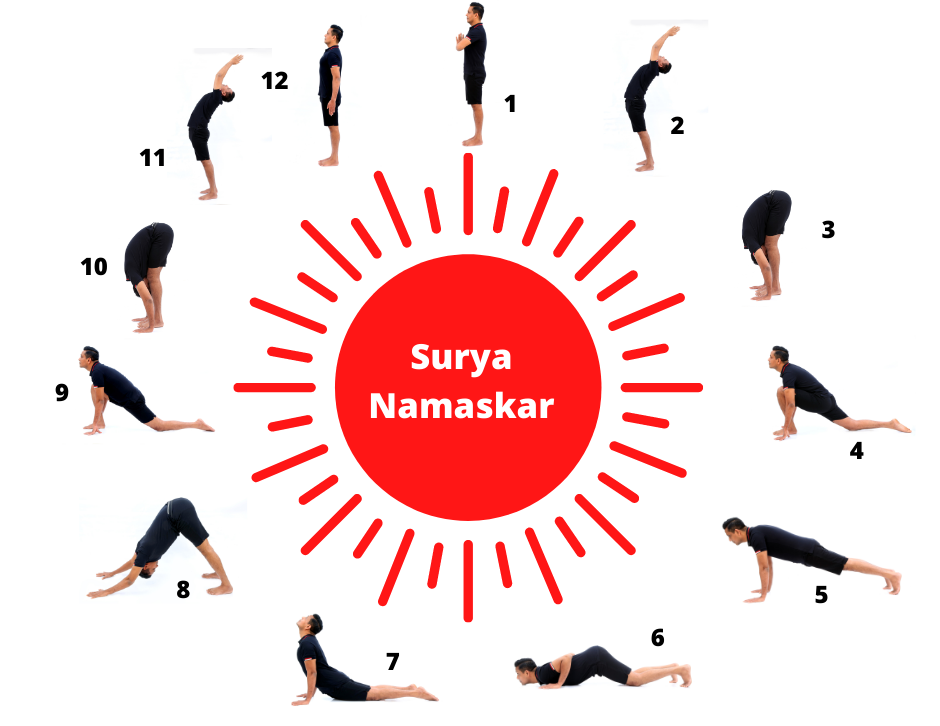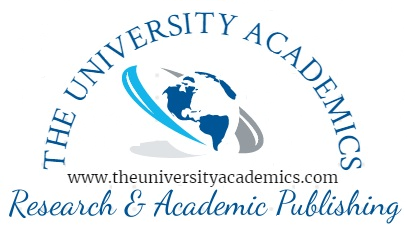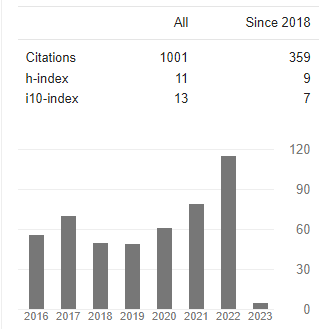A VIEW OF SURYANAMASKAR FROM ITS FOUNDATION TO ITS APPLICATION TO HEALTH
Abstract
Suryanamaskar is considered a part of modern-day yogic practices though it was neither considered an asana nor a part of traditional Yoga. Practicing Suryanamaskar before beginning routine activities vitalizes the practitioner and gives a completely energized day. Starting from the Raja of Aundh who first introduced suryanamaskar, there is a line of eminent people who popularized this dynamic group of asanas including Krishnamacharya, Swami Sivananda, Swami Satyananda from Bihar school of Yoga, so on and so forth. Their contributions resulted in this excellent series of Asanas being introduced to the practitioners. Such a miraculous group of postures also involves dynamic breathing patterns at each posture and gives a form of complete practice involving asanas and pranayama. There are a total of 12 postures in Suryanamaskar practice and 24 steps in one round. This is in the form of salutation to the “Sun” along with chanting the twelve names of the sun god. In this review, we accentuate the importance of Suryanamaskar highlighting its effects on physical, psychological and physiological aspects of the body based on published research. In addition, the usefulness of suryanamaskar as one complete sadhana for the whole body is emphasized. © 2021 The Authors. Published by Elsevier B.V. on behalf of Institute of Transdisciplinary Health Sciences and Technology and World Ayurveda Foundation.
Downloads
References
Bhavanani AB, Udupa K, Madanmohan Ravindra P. A comparative study of slow and fast suryanamaskar on physiological function. Int J Yoga 2011;4(2): 71e6.
Bhutkar PM, Bhutkar MV, Taware GB, Doijad V, Doddamani BR. Effect of suryanamaskar practice on cardio-respiratory fitness parameters: a pilot study. Al Ameen J Med Sci 2008;1(2):126e9.
Bhutkar MV, Bhutkar PM, Taware GB, Surdi AD. How effective is sun salutation in improving muscle strength, general body endurance and body composition? Asian J Sports Med 2011;2(4):259e66.
CHAND PURI, P., MISHRA, P., JHAJHARIA, B., & SINGH, M. (2014). COORDINATIVE ABILITIES OF VOLLEYBALL IN DIFFERENT AGE GROUPS: A COMPARATIVE STUDY. International Journal of Behavioral Social and Movement Sciences, 3(3), 56–68. Retrieved from https://ijobsms.org/index.php/ijobsms/article/view/228
Chaya MS, Kurpad AV, Nagendra HR, Nagarathna R. The effect of long-term combined yoga practice on the basal metabolic rate of healthy adults. BMC Compl Alternative Med 2006;6:28.
Mandeep Singh Nathial, Analysis of set shot in basketball in relation with time to perform the course and displacement of center of gravity, American Journal of Sports Science, Vol.2 Issue.5 pp: 122-126 (2014). Retrieved from https://www.sciencepublishinggroup.com/journal/paperinfo.aspx?journalid=155&doi=10.11648/j.ajss.20140205.13
Mandeep Singh (2010). Evaluation And Improvement Of Sports Techniques Through Biomechanical Updated Analyzing Technology, University News, Journal of Higher Education Association of Indian Universities, Association of Indian Universities, Vol:48:Issue.05;2010 Pp45-57, 2010
Mandeep Singh Nathial, A Study of Adjustment and Emotional Intelligence of University Coaches in India, American Journal of Applied Psychology. Volume 3, Issue 6, November 2014 , pp. 122-126. doi: 10.11648/j.ajap.20140306.11
Mullerpatan RP, Agarwal BM, Shetty T, Nehete GR, Narasipura OS. Kinematics of suryanamaskar using three-dimensional motion capture. Int J Yoga 2019;12(2):124e31.
Ni M, Mooney K, Balachandran A, Richards L, Harriell K, Signorile JF. Muscle utilization patterns vary by skill levels of the practitioners across specific yoga poses (asanas). Compl Ther Med 2014;22(4):662e9.
Pal A, Srivastava N, Tiwari S, Verma NS, Narain VS, Agrawal GG, et al. Effect of yogic practices on lipid profile and body fat composition in patients of coronary artery disease. Compl Ther Med 2011;19(3):122e7.
Ramakrishnan S, Prasannan KG, Rajan R. Textbook of medical biochemistry. 3rd ed. Chennai, Tamil Nadu, India: Orient Longman Pvt Ltd; 2001. p. 496.
SINGH SIDHU, A., & SINGH, M. (2022). KINEMATICAL ANALYSIS OF HURDLE CLEARANCE TECHNIQUE IN 110M HURDLE RACE. International Journal of Behavioral Social and Movement Sciences, 4(2), 28–35. Retrieved from https://ijobsms.org/index.php/ijobsms/article/view/267
Singh, A., & Singh , D. M. (2013). PROMOTION OF RESEARCH CULTURE –ENHANCING QUALITY IN HIGHER EDUCATION. International Journal of Behavioral Social and Movement Sciences, 2(2), 202–208. Retrieved from https://ijobsms.org/index.php/ijobsms/article/view/152
SINGH, M., & SINGH SIDHU, A. (2016). A COMPARATIVE STUDY OF BODY COMPOSITION AND RELATIVE HEALTH STATUS AMONG RESIDENT AND NON-RESIDENT STUDENTS IN DIFFERENT SCHOOLS OF J&K. International Journal of Behavioral Social and Movement Sciences, 5(3), 08–13. Retrieved from https://ijobsms.org/index.php/ijobsms/article/view/320
Singh Nathial, D. M. (2012). ANALYZING THE CREDIT BASED SYSTEM IN PHYSICAL EDUCATION. International Journal of Behavioral Social and Movement Sciences, 1(3), 172–176. Retrieved from https://ijobsms.org/index.php/ijobsms/article/view/37
Sinha B, Sinha TD. Effect of 11 months of yoga training on cardiorespiratory responses during the actual practice of Surya Namaskar. Int J Yoga 2014;7(1): 72e5.
Sinha B, Ray US, Sinha TD. Physiological study of Surya Namaskar, a yogic practice. Alternative Ther Health Med 2011;17(3):62e3.
Srinivasan TM. Effect of yogasana practice on systolic time intervals. Ancient Sci Life 1990;9(3):116e24.
Vasudevan DM, Sreekumari S, Vaidyanathan K. Textbook of biochemistry for medical students. 6th ed. New Delhi, India: Jaypee Brothers Medical Publishers; 2011. p. 528e31.
Vivekananda Kendra, Yoga trust. asanas pranayama mudras kriya. ChennaiIndia: Tamil NaduVivekananda Kendra publishing; 1977. p. 24e7.

Copyright (c) 2024 Davinder Singh, Rakesh, Rejaul Ahmed, Happy Thakur, Roberto Baruah

This work is licensed under a Creative Commons Attribution 4.0 International License.














